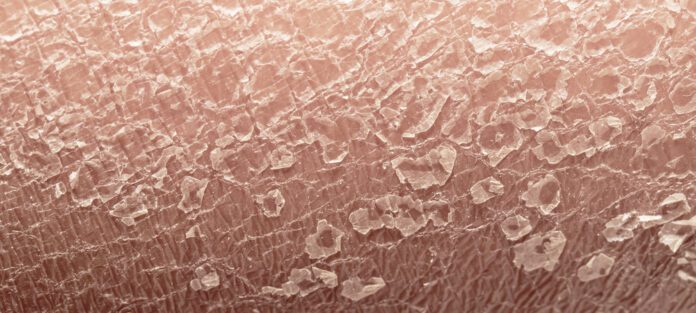Overview Of Ichthyosis Vulgaris
Ichthyosis vulgaris is a skin disorder passed down through families that leads to dry, scaly skin.
Commonly Associated With
Common ichthyosis
Causes Of Ichthyosis Vulgaris
Ichthyosis vulgaris is one of the most common of the inherited skin disorders. It may begin in early childhood. The condition is inherited in an autosomal dominant pattern. That means if you have the condition, your child has a 50% chance of getting the gene from you.
The condition is often more noticeable in the winter. It may occur along with other skin problems including atopic dermatitis, asthma, keratosis pilaris (small bumps on the back of the arms and legs), or other skin disorders.
Symptoms Of Ichthyosis Vulgaris
Symptoms may include any of the following:
- Dry skin, severe
- Scaly skin (scales)
- Possible skin thickening
- Mild itching of the skin
- The dry, scaly skin is usually most severe on the legs. But it can also involve the arms, hands, and middle of the body. People with ichthyosis vulgaris may also have many fine lines on the palms.
In infants, the skin changes usually appear in the first year of life. Early on, the skin is only slightly rough, but by the time a baby is about 3 months old, they begin appearing on the shins and back of the arms.
Exams & Tests
Your health care provider can usually diagnose this condition by looking at your skin. Tests may be done to rule out other possible causes of dry, scaly skin.
Your provider will ask if you have a family history of similar skin dryness.
A skin biopsy may be performed.
Treatment Of Ichthyosis Vulgaris
Your provider may ask you to use heavy-duty moisturizers. Creams and ointments work better than lotions. Apply these to moist skin immediately after bathing. You should use mild, non-drying soaps.
Your provider may tell you to use hydrating-moisturizing creams that contain keratolytic chemicals such as lactic acid, salicylic acid, and urea. These chemicals help skin shed normally while retaining moisture.



